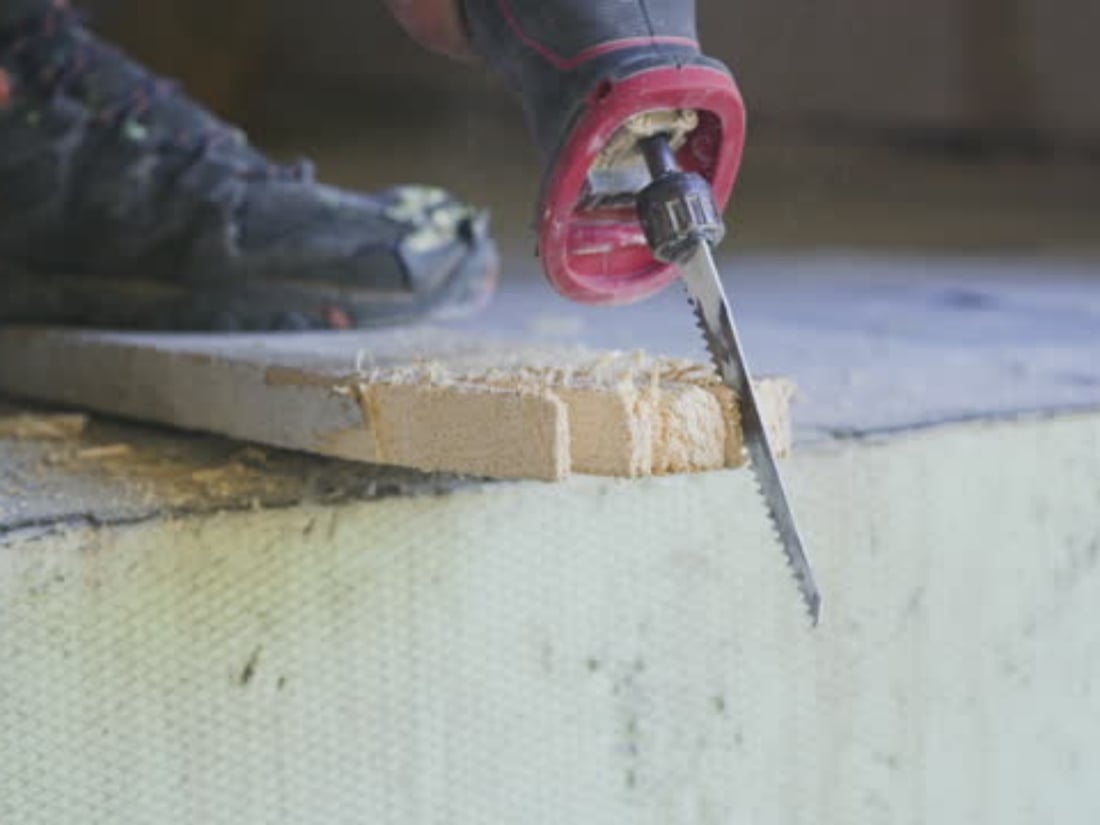Choosing the Right jig saw blade for metal Cutting
When it comes to cutting metal, having the right tools is essential. One such tool that can make a big difference in your metal cutting projects is a jig saw blade designed specifically for metal. In this article, we will explore the different aspects of a jig saw blade for metal and provide you with valuable information to help you choose the right one for your needs.
The Importance of a Quality Jig Saw Blade for Metal
Before diving into the various aspects of a jig saw blade for metal, it's important to understand why having a quality blade matters. When cutting metal, you need a blade that is not only durable but also capable of producing clean and precise cuts. A subpar blade can result in jagged edges, slow cutting speeds, and even damage to your workpiece or the saw itself. Investing in a high-quality jig saw blade for metal will not only make your cutting tasks easier but also ensure the longevity of your saw.
Types of Jig Saw Blades for Metal
There are different types of jig saw blades available in the market, each designed to handle specific metal cutting tasks. Let's take a look at some of the most common types:
1. High-Speed Steel (HSS) Blades
HSS blades are the most commonly used jig saw blades for metal cutting. They are made from a type of tool steel and can handle a variety of metals, including steel, aluminum, and copper. HSS blades are known for their durability and ability to maintain their sharpness over time.
2. Bi-Metal Blades
Bi-metal blades are a popular choice for cutting through tougher metals like stainless steel. These blades are made from two different types of metals, typically high-speed steel and cobalt. The combination of these materials provides both durability and flexibility, making them ideal for demanding metal cutting tasks.
3. Carbide Grit Blades
Carbide grit blades are specifically designed for cutting through extremely hard materials such as cast iron or hardened steel. These blades have small particles of tungsten carbide embedded in their cutting edge, which enhances their cutting efficiency and lifespan.
Choosing the Right Blade for Your Metal Cutting Needs
Now that you are familiar with the different types of jig saw blades for metal, it's important to consider the specific requirements of your metal cutting projects. Here are some factors to keep in mind:
1. Thickness of the Metal
The thickness of the metal you are cutting will play a significant role in determining the type of blade you need. Thicker metals require blades with larger teeth and more aggressive cutting action, while thinner metals can be cut with finer-toothed blades.
2. Type of Metal
The type of metal you are working with also affects your blade selection. Different metals have different hardness levels, and some may require more specialized blades to achieve clean and efficient cuts. For example, stainless steel is tougher to cut than aluminum, so a bi-metal or carbide grit blade may be more suitable.
3. Cutting Speed
If you have a large metal cutting project, the cutting speed becomes an important consideration. Blades with higher tooth counts tend to cut slower but produce smoother cuts, while blades with lower tooth counts can cut faster but may result in rougher edges. Consider the balance between speed and quality when selecting a blade.
Proper Maintenance and Safety Tips
Once you have chosen the right jig saw blade for your metal cutting needs, it's essential to take proper care of it. Here are some maintenance and safety tips to keep in mind:
1. Keep the Blade Clean
After each use, clean the blade thoroughly to remove any metal shavings or debris. This will help maintain its cutting efficiency and prevent premature wear.
2. Use Lubrication
When cutting through metal, using a lubricant can significantly improve the cutting process. It reduces friction, heat, and extends the life of your blade.
3. Wear Protective Gear
Always wear appropriate safety gear when using a jig saw blade for metal cutting. Safety glasses, gloves, and ear protection are essential to protect yourself from potential hazards.
Conclusion
Choosing the right jig saw blade for metal cutting is crucial to achieving clean, precise, and efficient cuts. Consider the type and thickness of the metal, as well as the cutting speed required for your project. Remember to properly maintain your blade and prioritize safety when working with power tools. By following these guidelines, you'll be well-equipped to tackle any metal cutting task with ease.
If you are interested in our products or services, please feel free to contact us.


